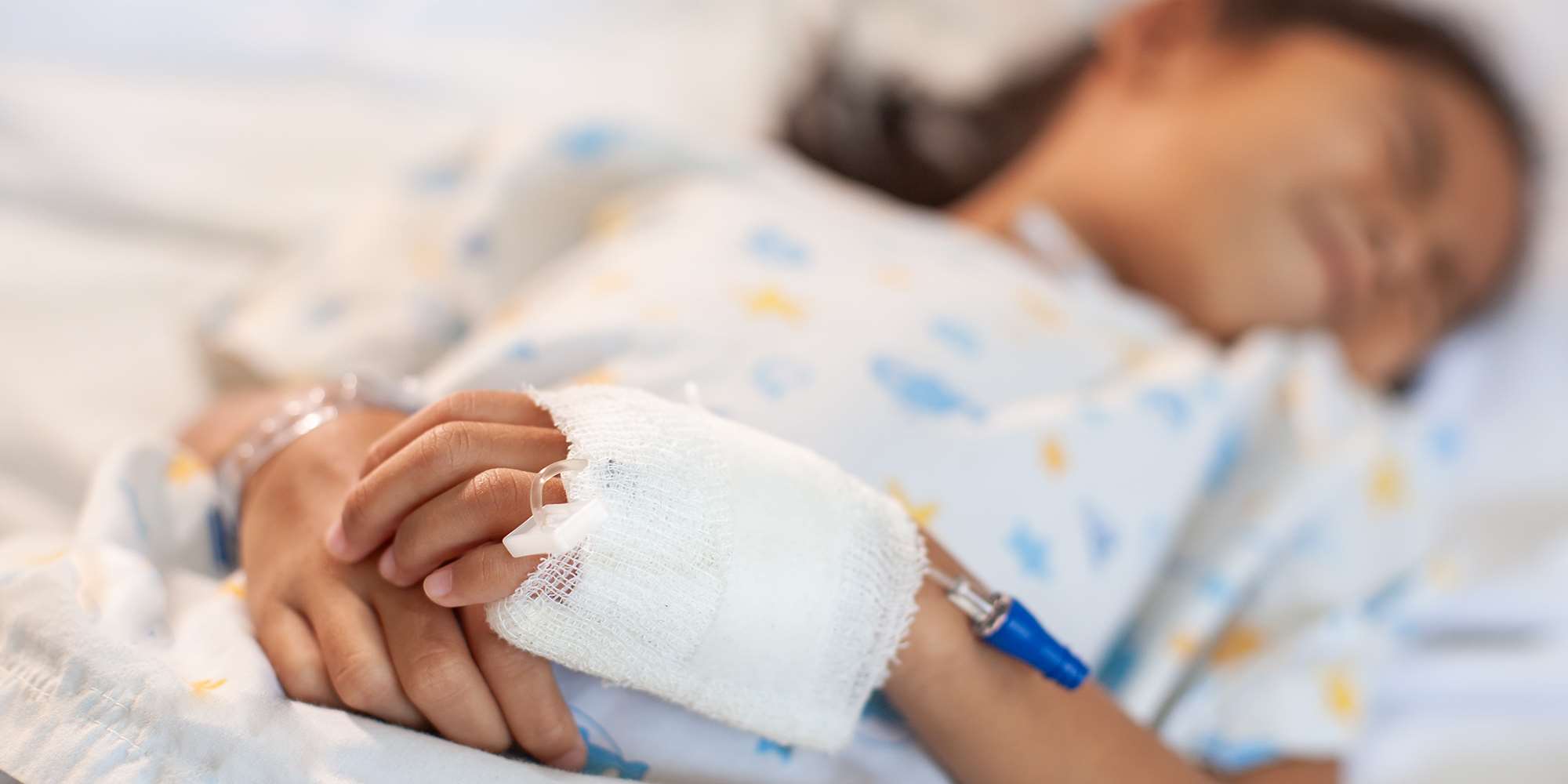An Alternative to Surgery for Uncomplicated Pediatric Appendicitis

New clinical trial results published in JAMA suggest that a nonoperative treatment option of antibiotics could be offered to families whose children have uncomplicated appendicitis.
Each year in the US, more than 70,000 children undergo an appendectomy to treat appendicitis – the inflammation of the finger-shaped pouch in the lower right abdomen. Appendectomies, which involve the complete removal of the appendix, are one of the most common surgeries pediatric surgeons perform. But a study published online on July 27, 2020, in the Journal of the American Medical Association (JAMA) suggests that a nonoperative treatment option of antibiotics could be offered to families whose children have uncomplicated appendicitis.
Between 2015-2018, as part of the Midwest Pediatric Surgery Consortium, 10 children’s hospitals participated in a nonrandomized clinical trial comparing antibiotics alone versus surgery for uncomplicated pediatric appendicitis. Thomas T. Sato, MD, and Dave R. Lal, MD, FEL ’07, both MCW professors of surgery (pediatric surgery), led the study for Children’s Wisconsin.
“The study received $2.8 million from the Patient Centered Outcomes Research Institute, and we designed the trial using patient/parent choice to determine treatment,” Dr. Sato explains. The 1,068 families who were eligible and enrolled in the study were educated about the risks and benefits of each treatment option, and then could choose if they wanted an appendectomy or a nonoperative treatment. The latter involved a minimum of 24 hours of IV antibiotics before switching to oral antibiotics – administered first at the hospital and then at home. About one-third of the participants chose the antibiotics treatment.
The study group then followed both cohorts of patients for a year to determine the success rate of nonoperative management of appendicitis and compare differences in treatment-related disability, patient satisfaction and post-treatment complications.
“The most important findings were that over two-thirds of children with uncomplicated appendicitis may be safely and effectively treated with antibiotics alone, and at one year, there was a significant reduction in reported disability days compared to children treated by appendectomy,” Dr. Sato shares. The study group defines disability days as the total number of days the child was not able to participate in all normal activities secondary to appendicitis-related care. Both the surgical and nonsurgical treatment groups also reported similar healthcare satisfaction at 30 days and quality of life at one year.
The results offer a change in practice for Dr. Sato and his colleagues. “Surgeons have selection bias, and most of us look at a 30 percent failure rate as less than optimal,” he says. “Meanwhile, pediatricians look at a 70 percent nonoperative success rate and feel it’s an effective therapy that should be offered to children and families. Our group has adopted the latter approach, and most offer nonoperative management using our initial eligibility criteria, particularly if the family asks for it.”
Having an option to choose antibiotics instead of surgery allows families to make decisions based on factors such as their child’s wellbeing but also whether or not they can take the time off from work or school for surgery, plans that a surgical intervention might impact and cost of surgery.
The study group notes that only about 20 percent of all patients who presented at the 10 participating hospitals with acute appendicitis during this four-year period were eligible to participate in the clinical trial; the vast majority of patients didn’t meet the criteria for an antibiotics option and required appendectomies. Another possible limiting factor of antibiotic treatment is the longer-term outcomes.
“We need to understand the durability of nonoperative management of childhood appendicitis over time,” Dr. Sato explains. “We know that the initial success rate with antibiotics alone was 89.3 percent and at one year was 70.2 percent, suggesting that there’s a subset of children who will get recurrent appendicitis. We’re trying to follow the nonoperative cohort over several years to see what the ‘appendectomy-free’ rate looks like over time.”
– Karri Stock



